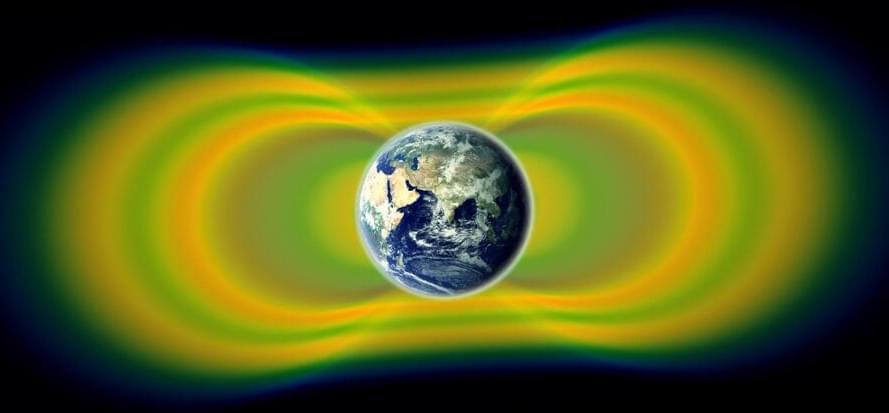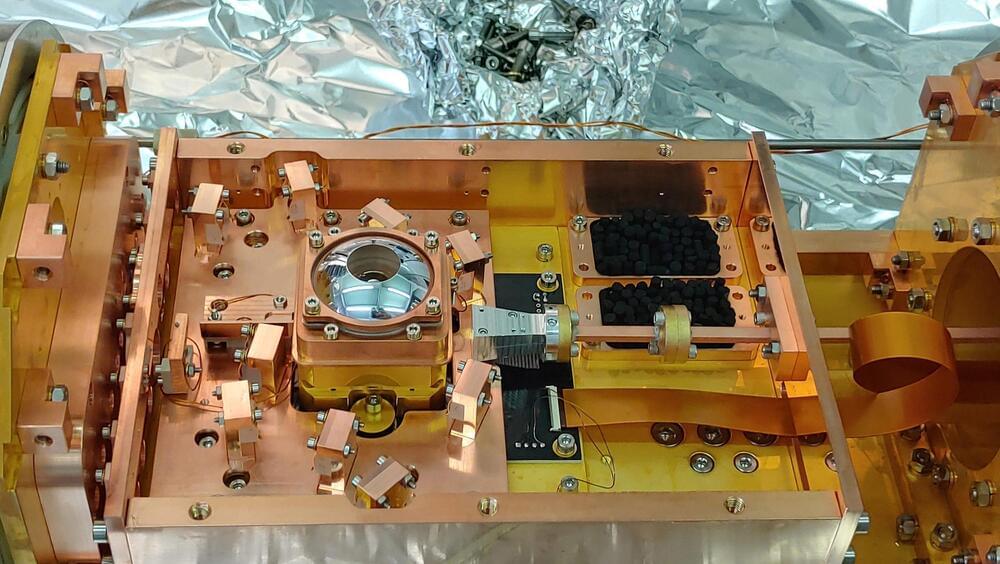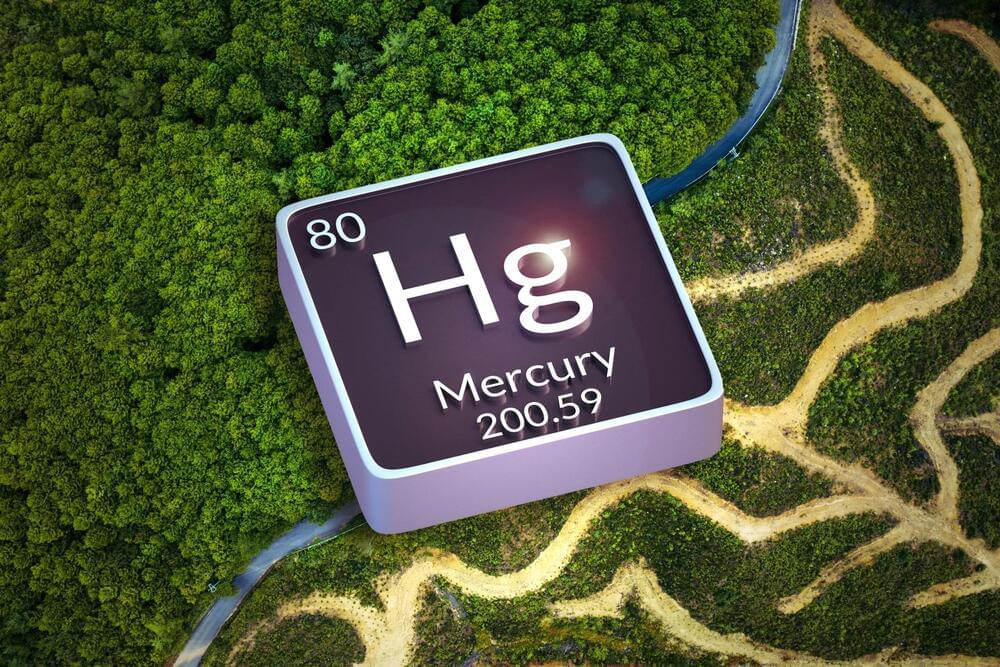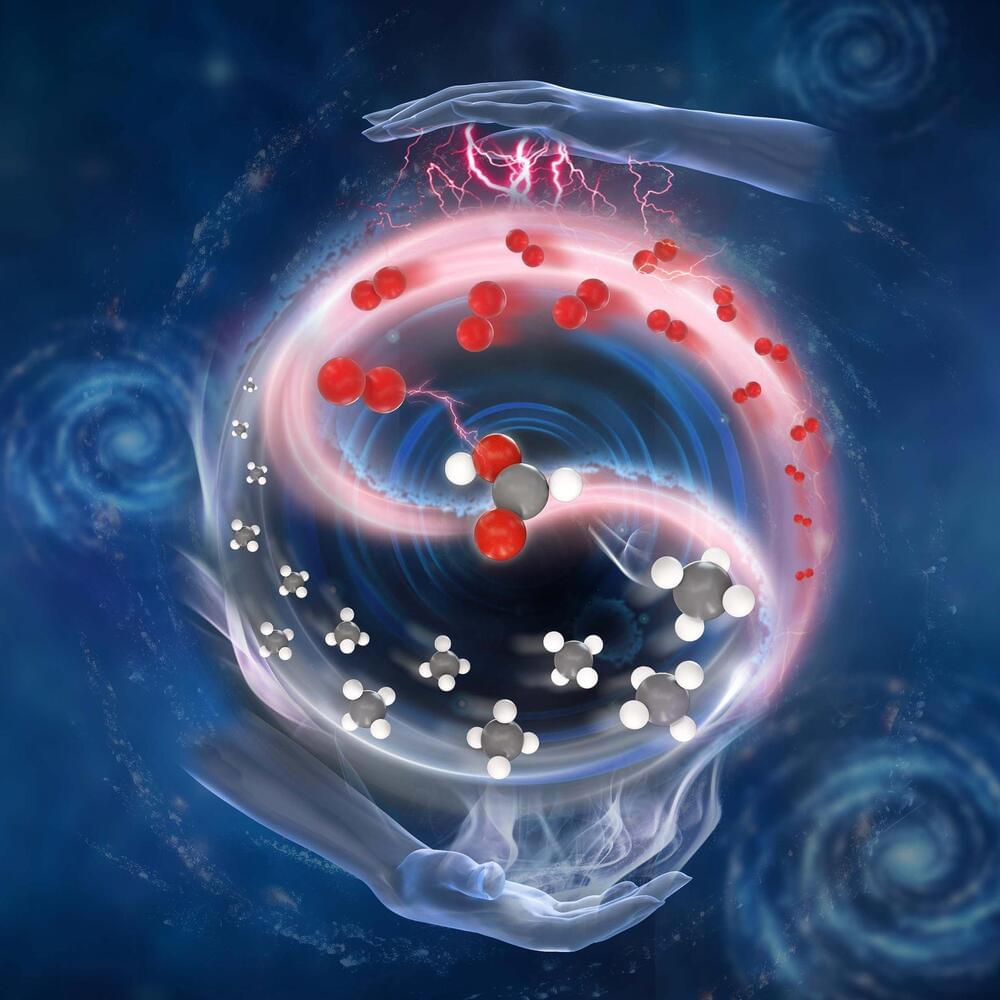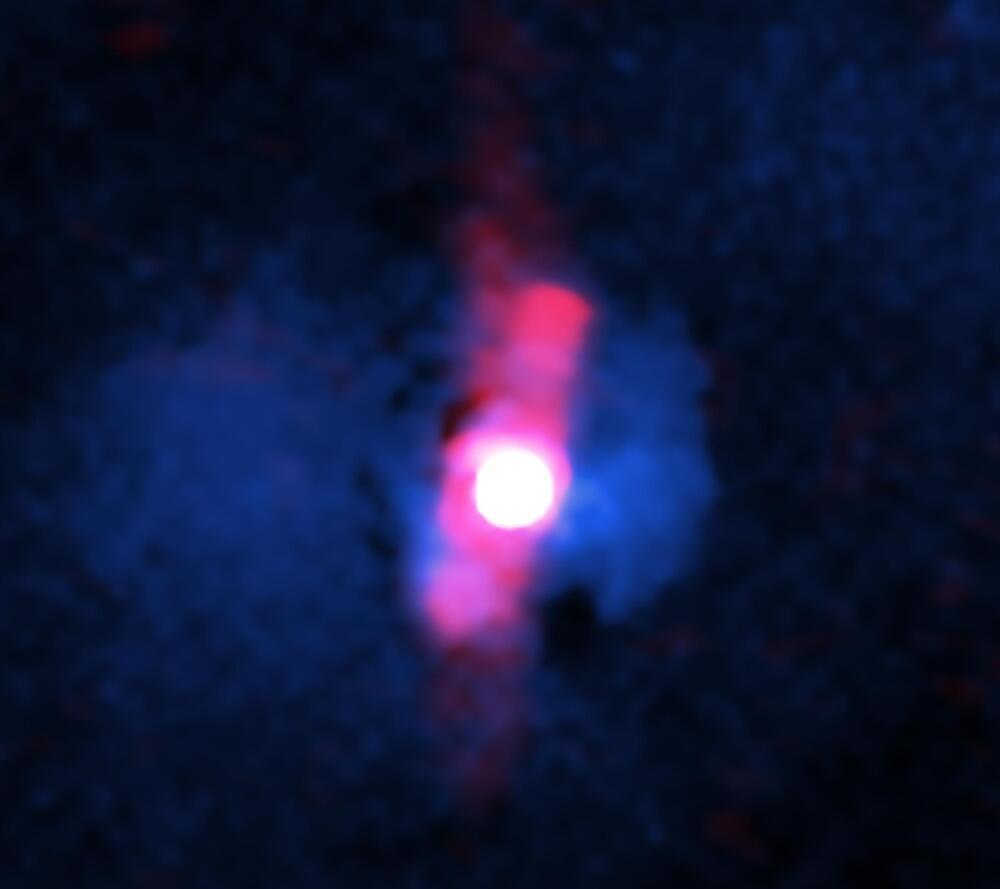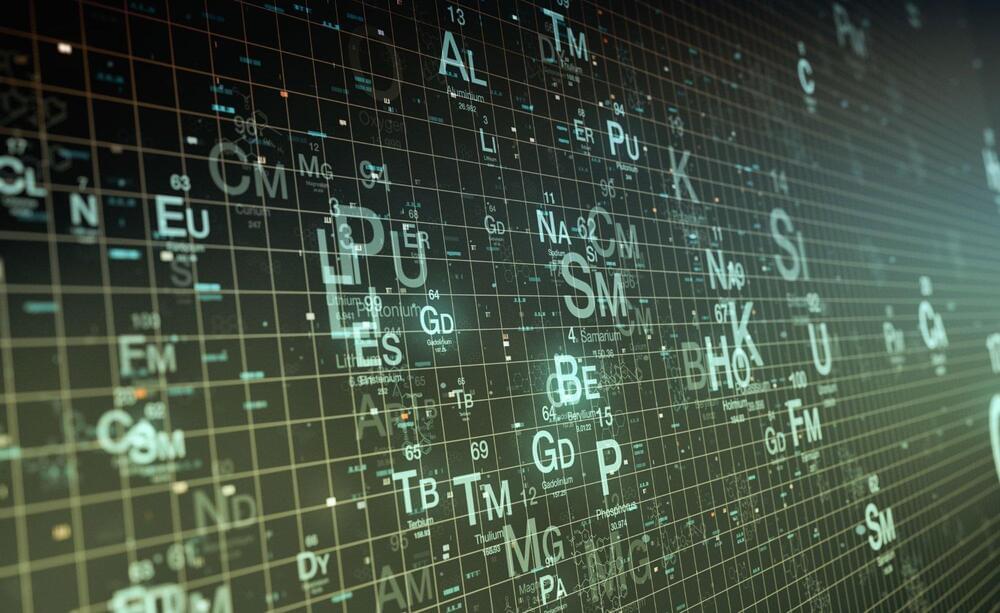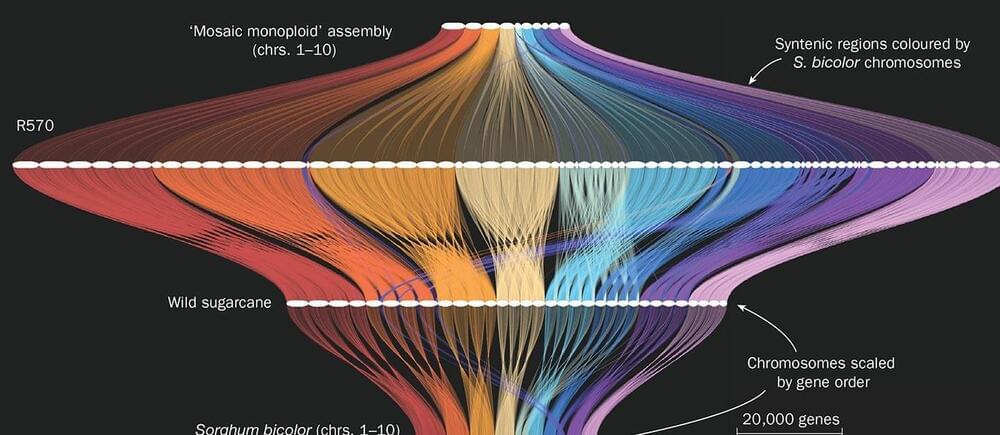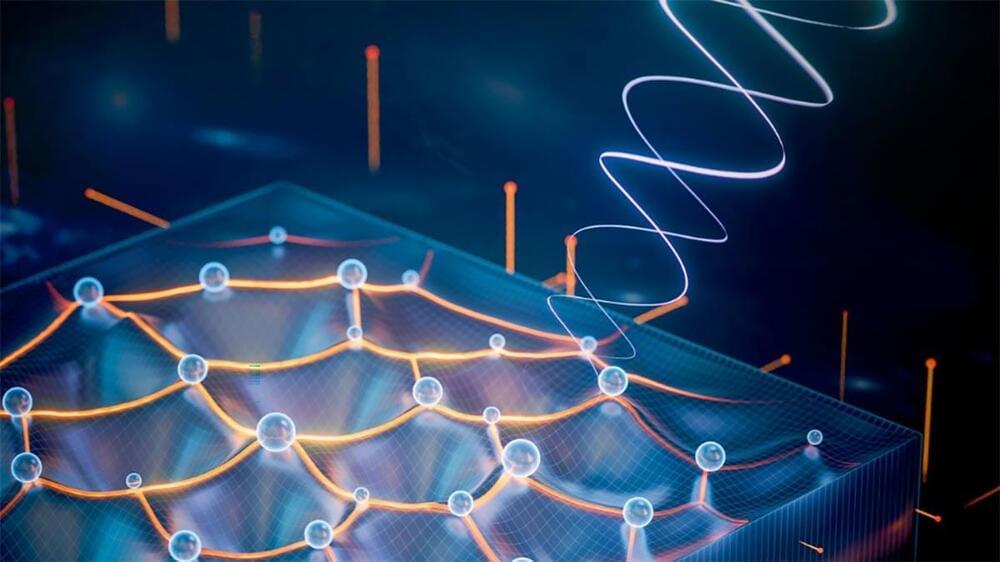Apr 1, 2024
Decoding Earth’s Cosmic Shields in Groundbreaking Study
Posted by Saúl Morales Rodriguéz in categories: particle physics, space
New insights into near-Earth space’s hazardous environment could revolutionize space weather prediction, driven by collaborative international research.
A challenge to space scientists to better understand our hazardous near-Earth space environment has been set in a new study led by the University of Birmingham.
The research represents the first step towards new theories and methods that will help scientists predict and analyze the behavior of particles in space. It has implications for theoretical research, as well as for practical applications such as space weather forecasting.
